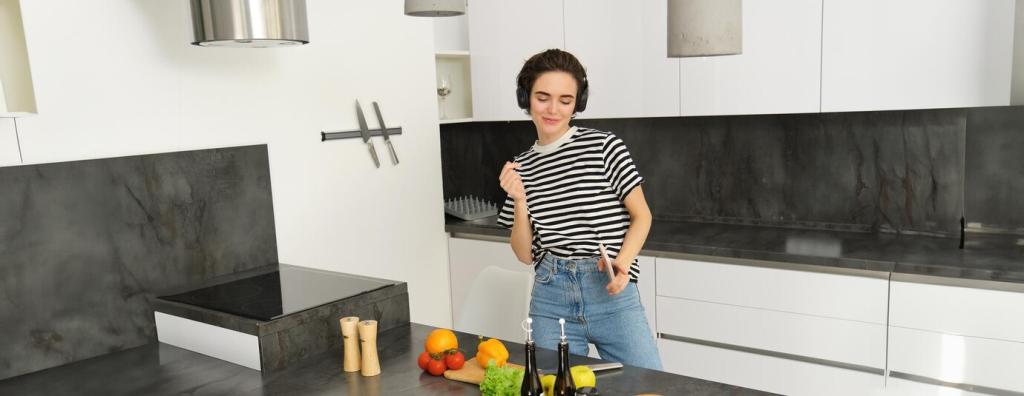Choose High-Impact Smart Appliances
Induction transfers heat efficiently to the pan, and smart models add power balancing, pan detection, and timers that prevent energy-hungry overcooking. When Ava upgraded, her weeknight pasta water boiled faster with less energy and fewer kitchen heat plumes. Comment if induction transformed your routine too.
Choose High-Impact Smart Appliances
Look for adaptive defrost, door-ajar alerts, and temperature optimization accessible via app. Clean condenser coils and track door-open time to curb waste. Priya shaved usage after her fridge suggested a colder, more stable setting and flagged frequent snack-time openings. What door habits would your fridge call out?
Choose High-Impact Smart Appliances
Soil sensors adjust water and heat cycles, while Wi‑Fi scheduling pushes runs to off-peak rates automatically. Eco modes plus air-dry can cut consumption without sacrificing cleanliness. Try a week of off-peak runs and report back: did your energy chart flatten while your plates stayed sparkling?
Choose High-Impact Smart Appliances
Lorem ipsum dolor sit amet, consectetur adipiscing elit. Ut elit tellus, luctus nec ullamcorper mattis, pulvinar dapibus leo.





